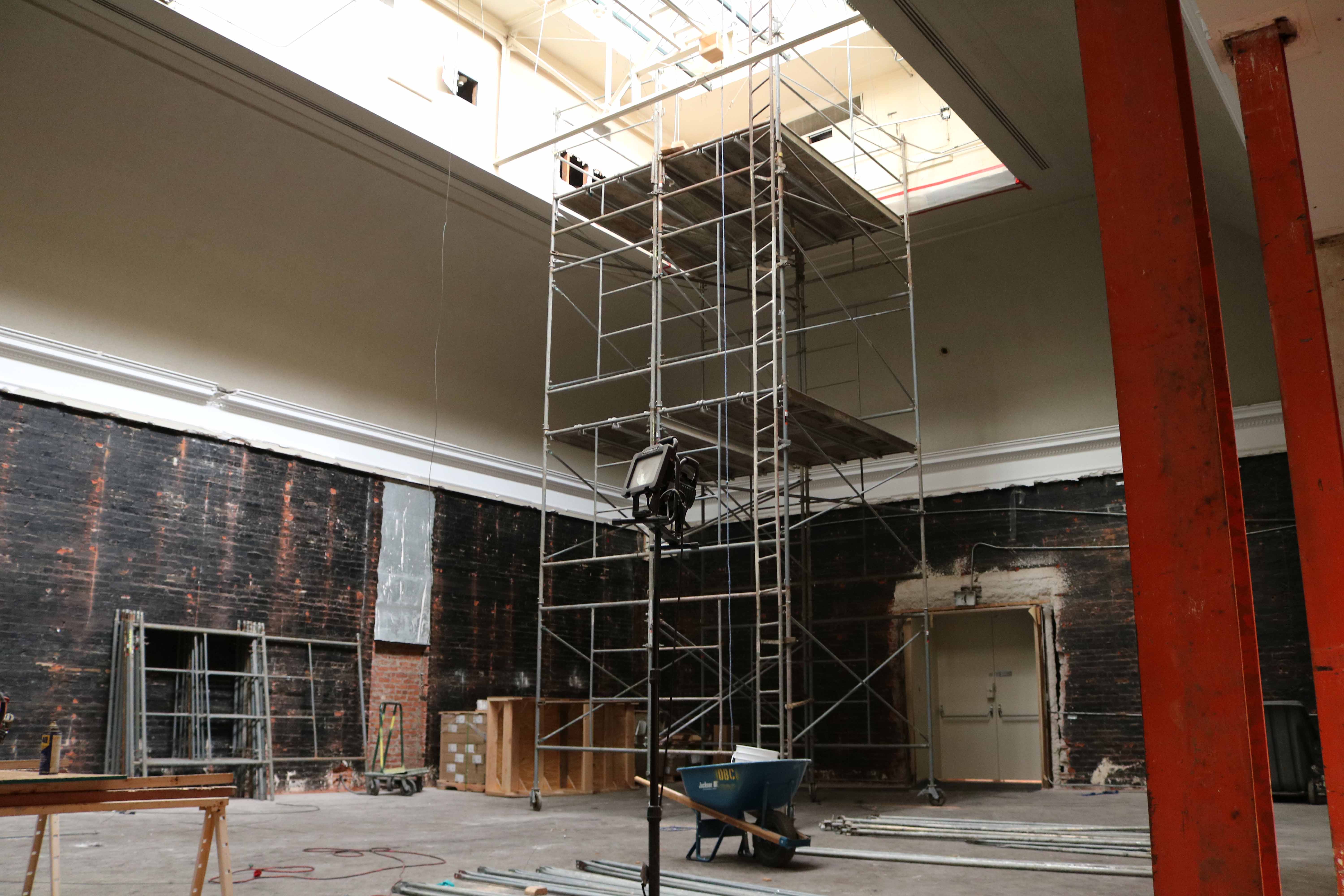
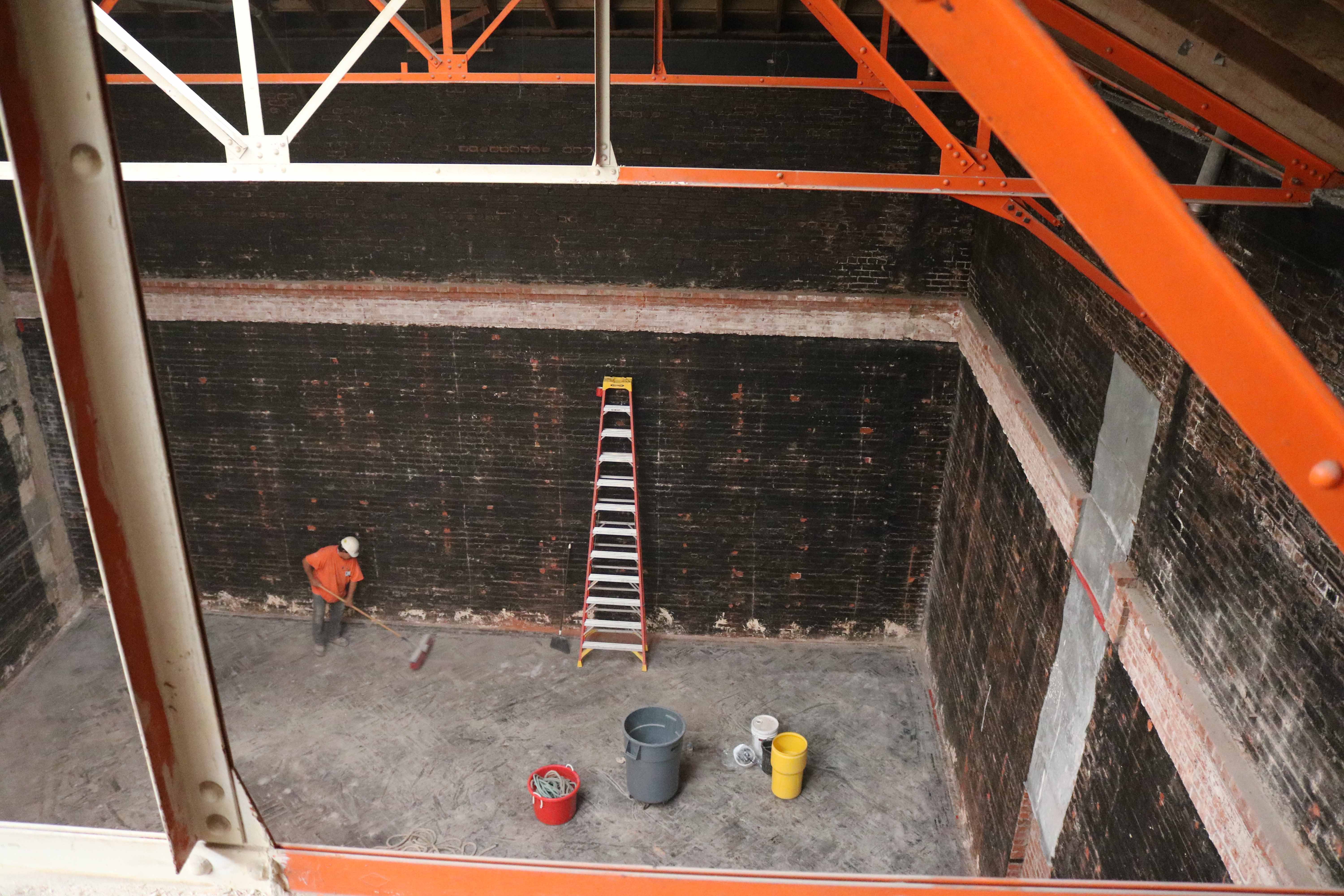
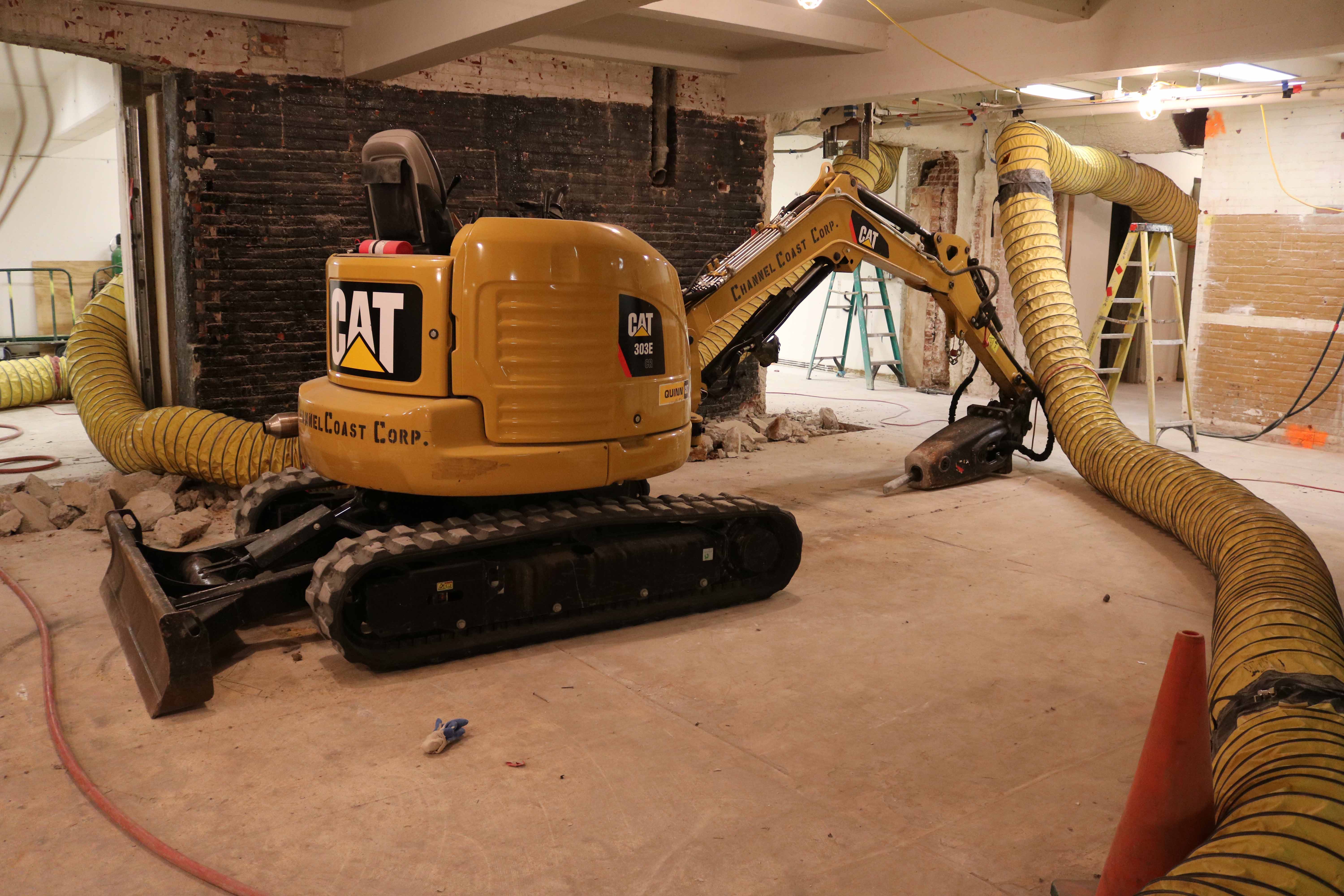
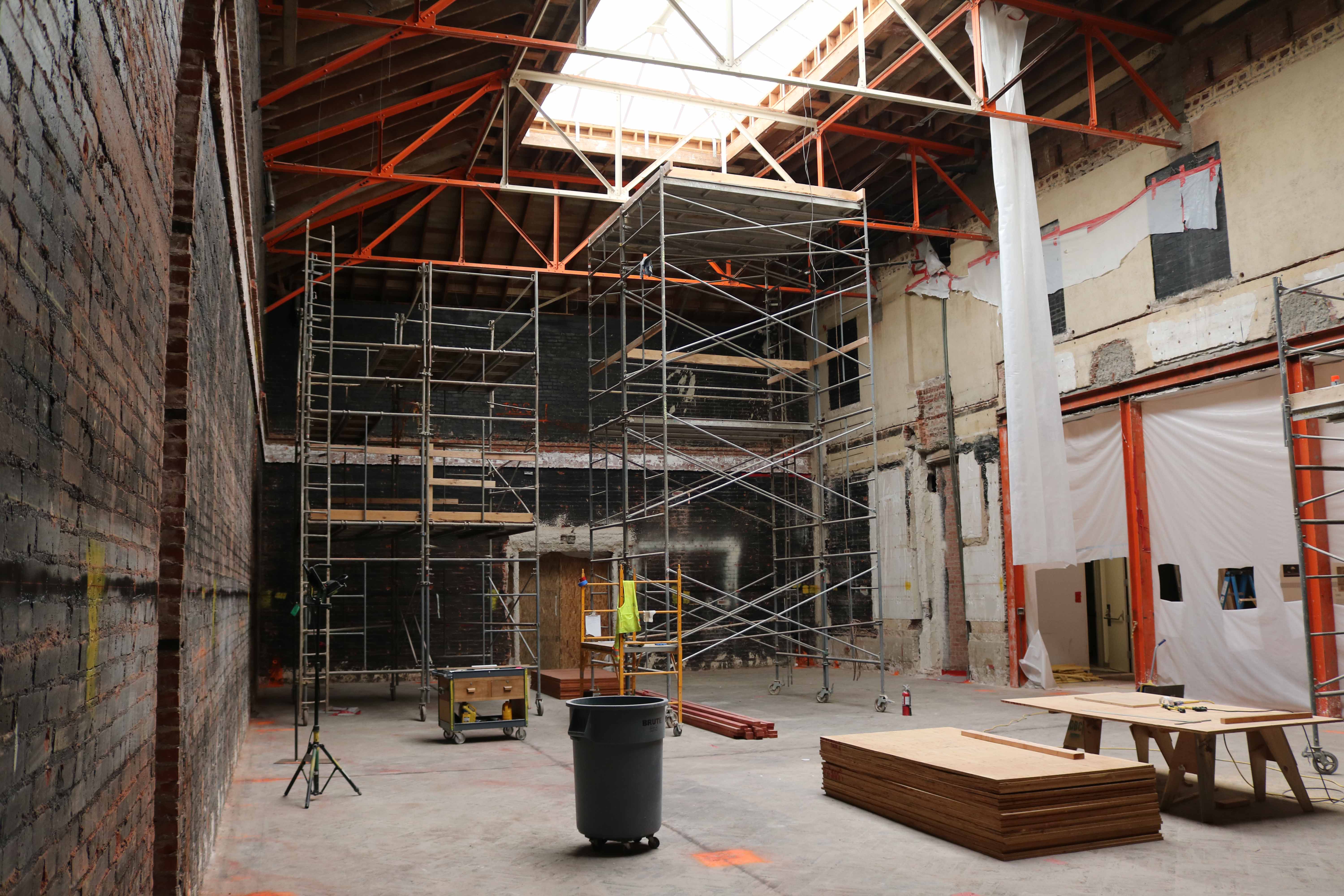
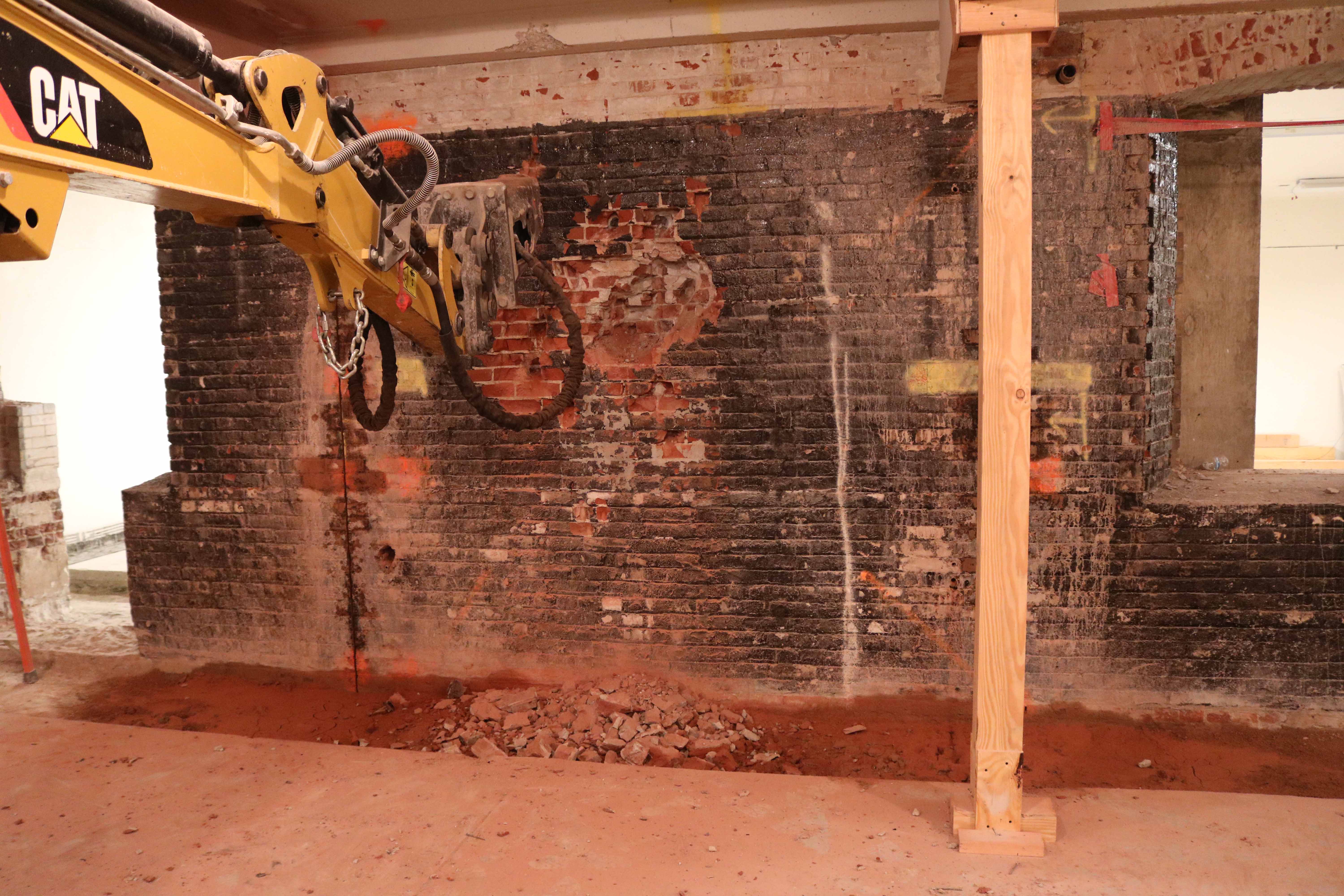
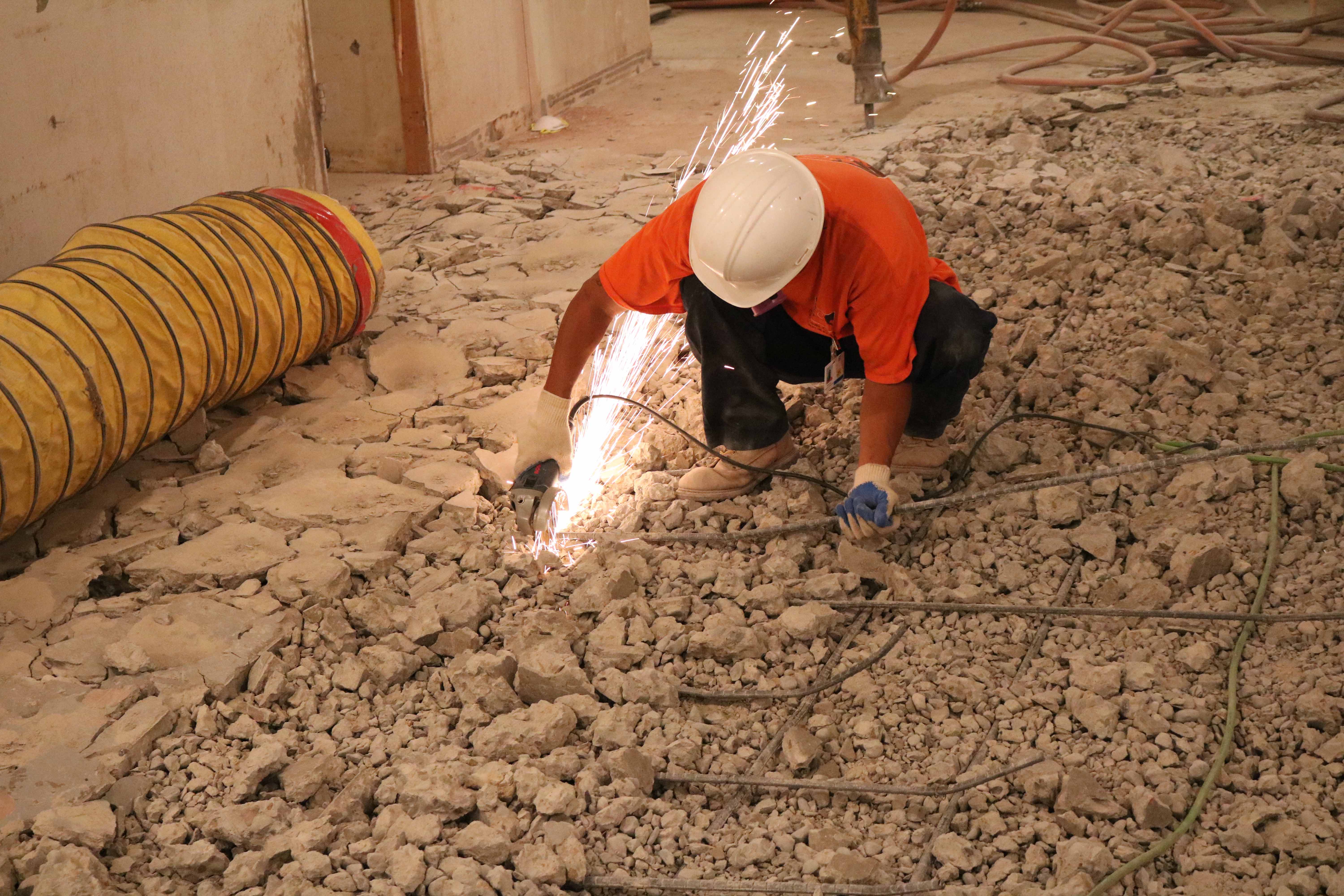
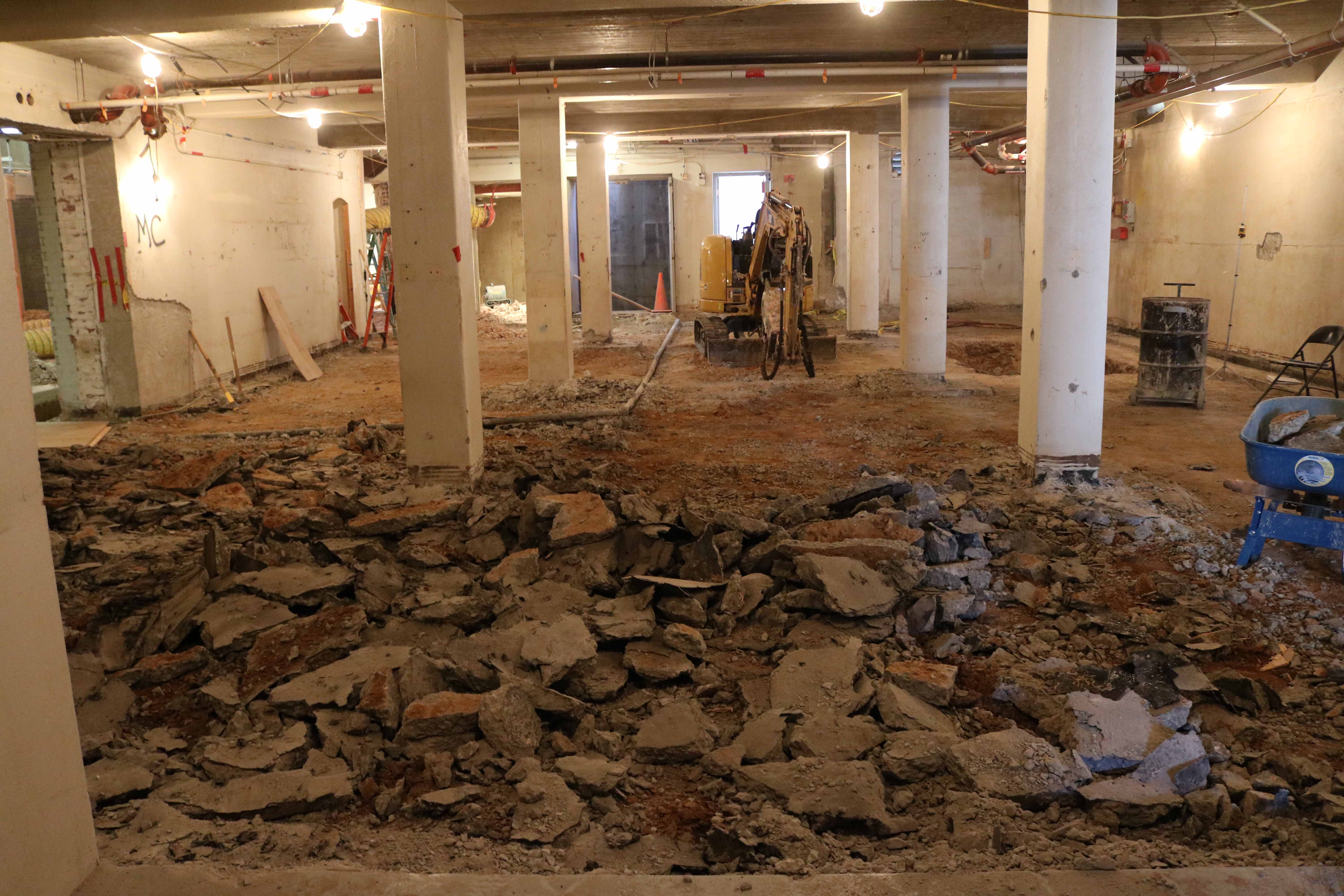
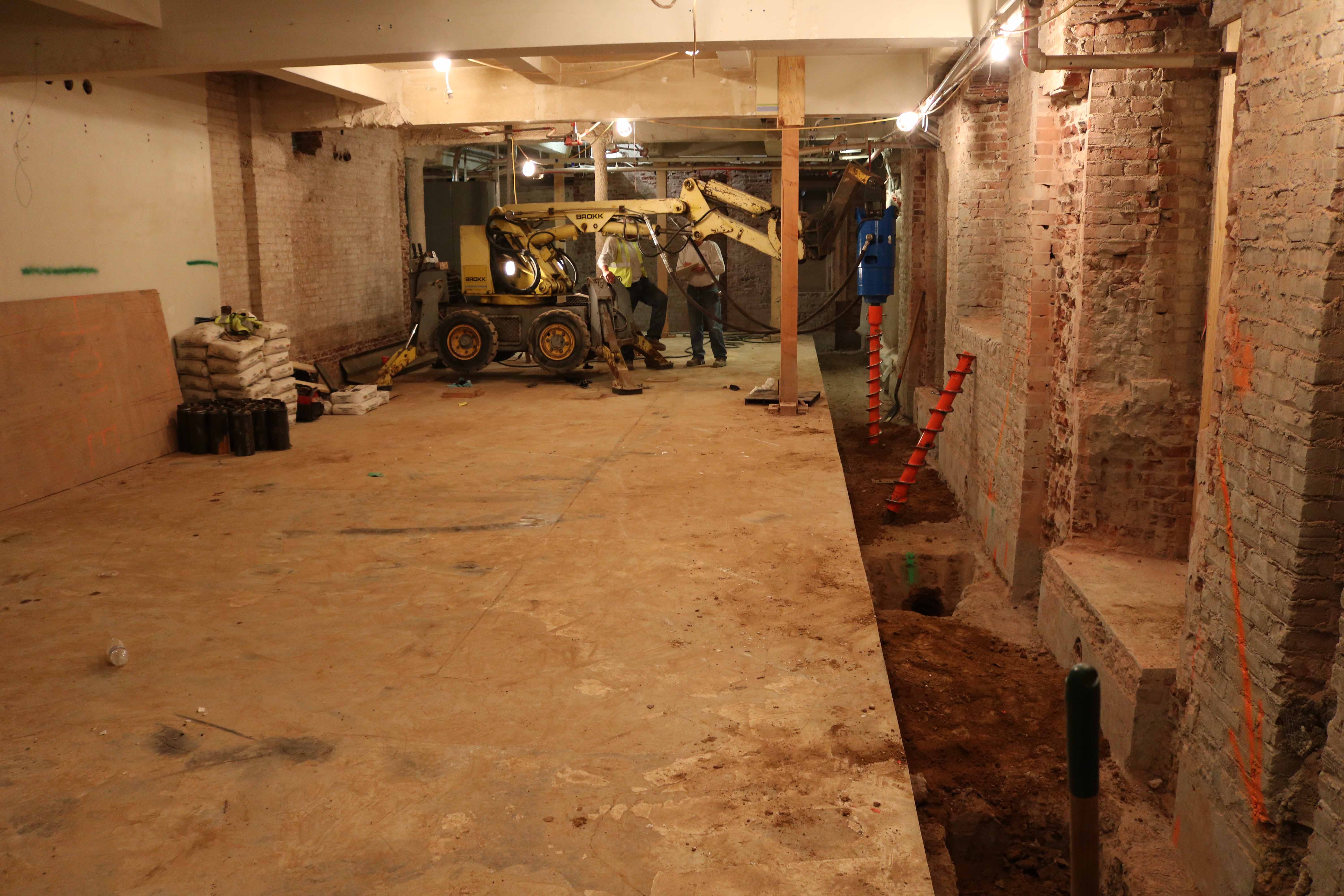
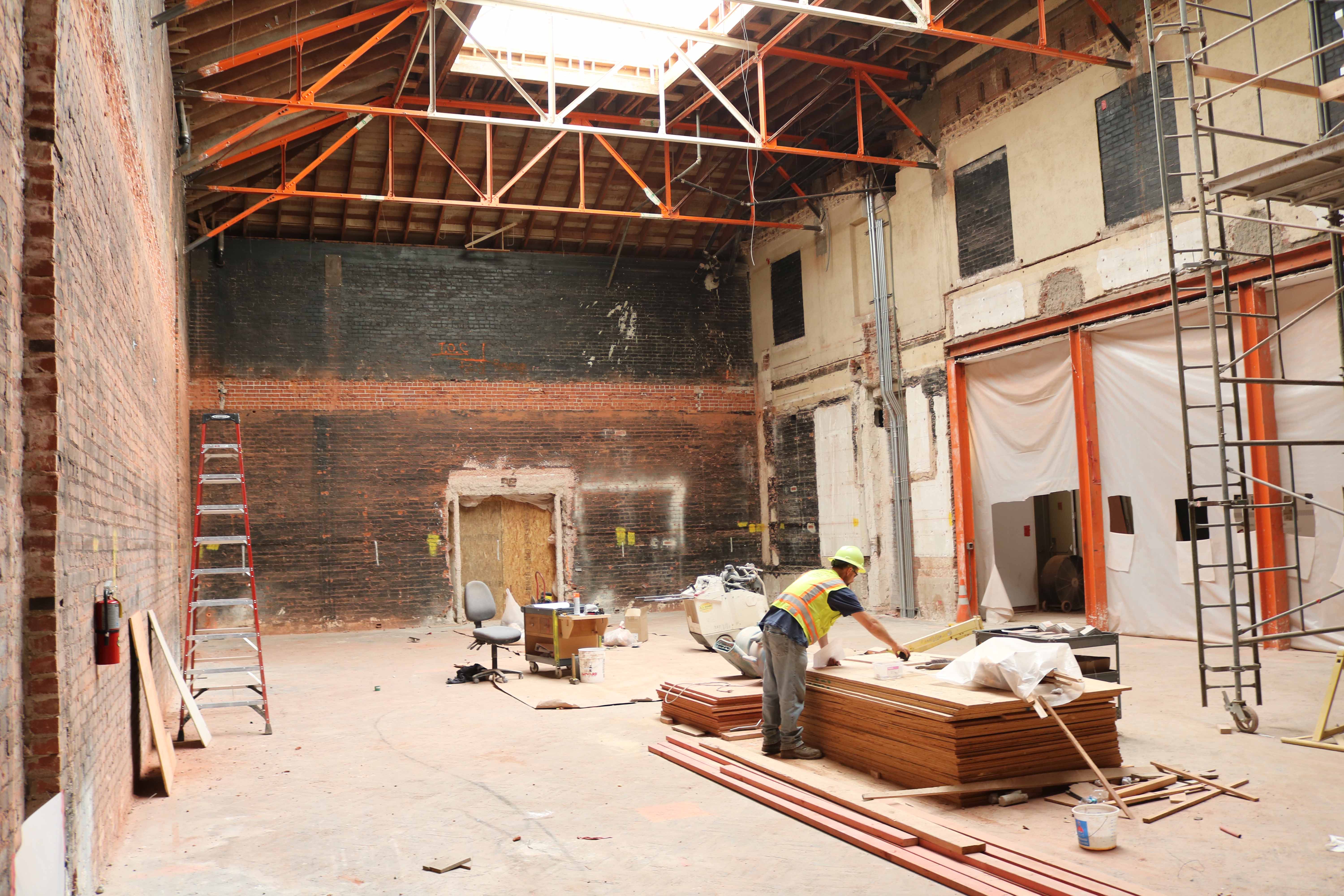
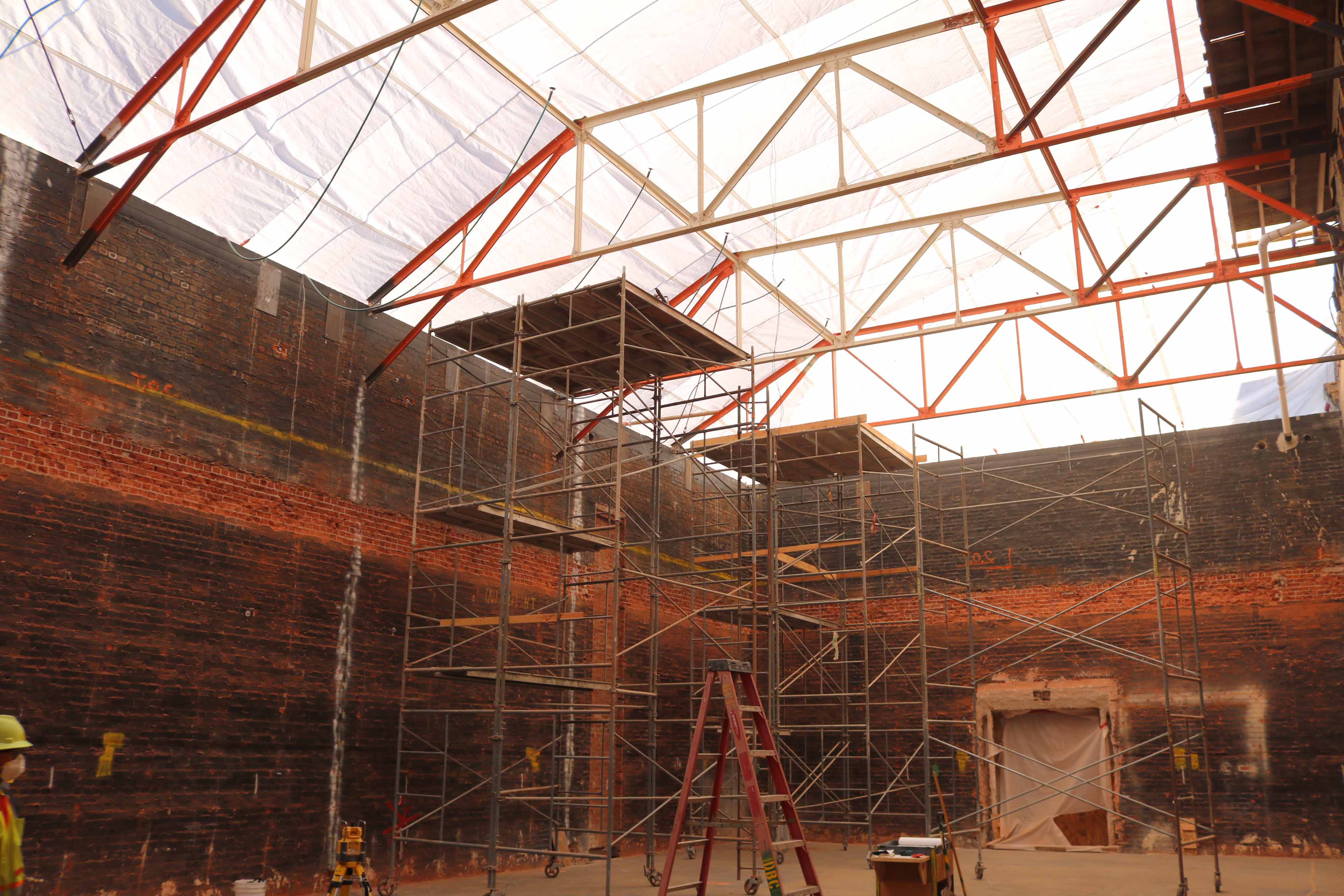
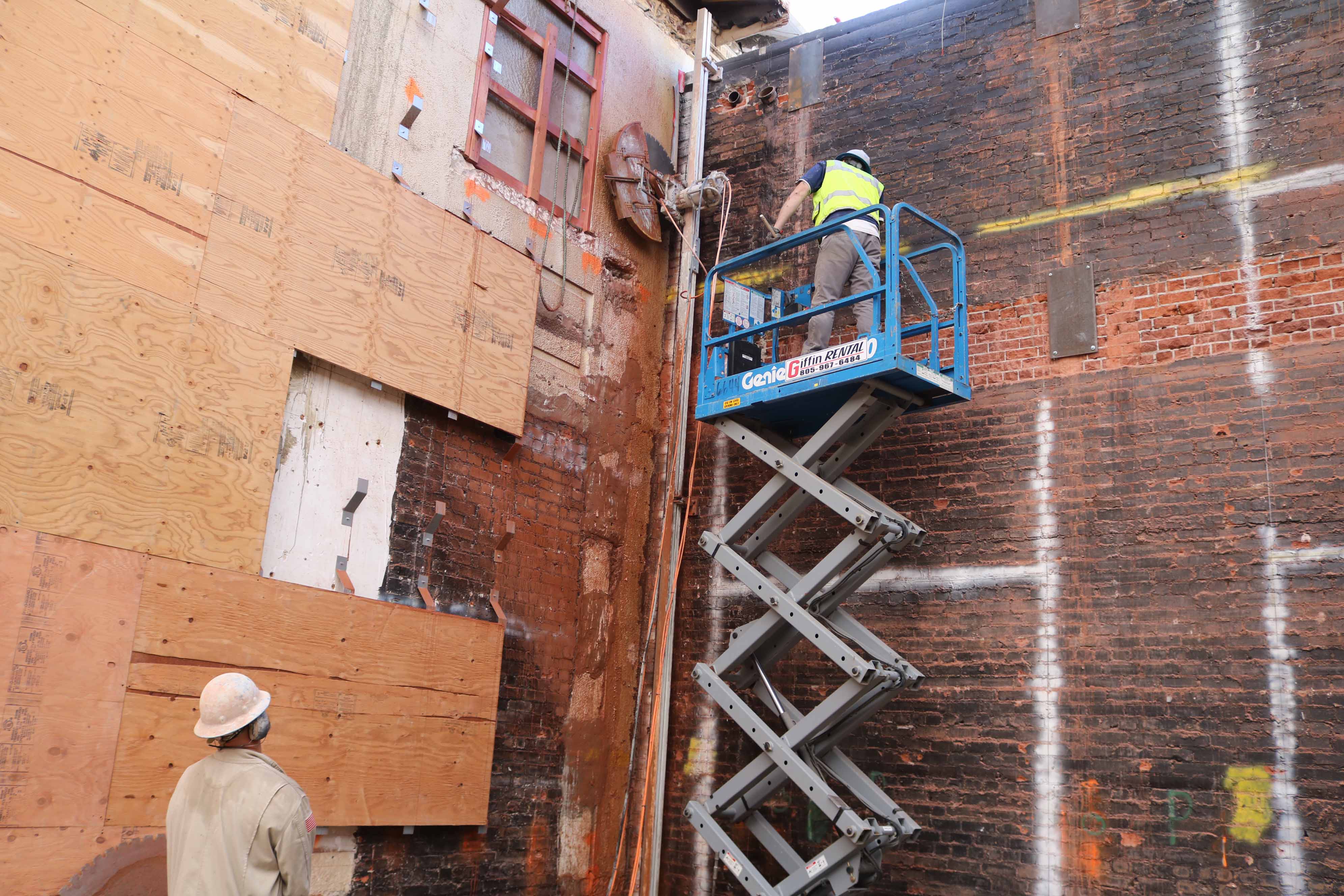
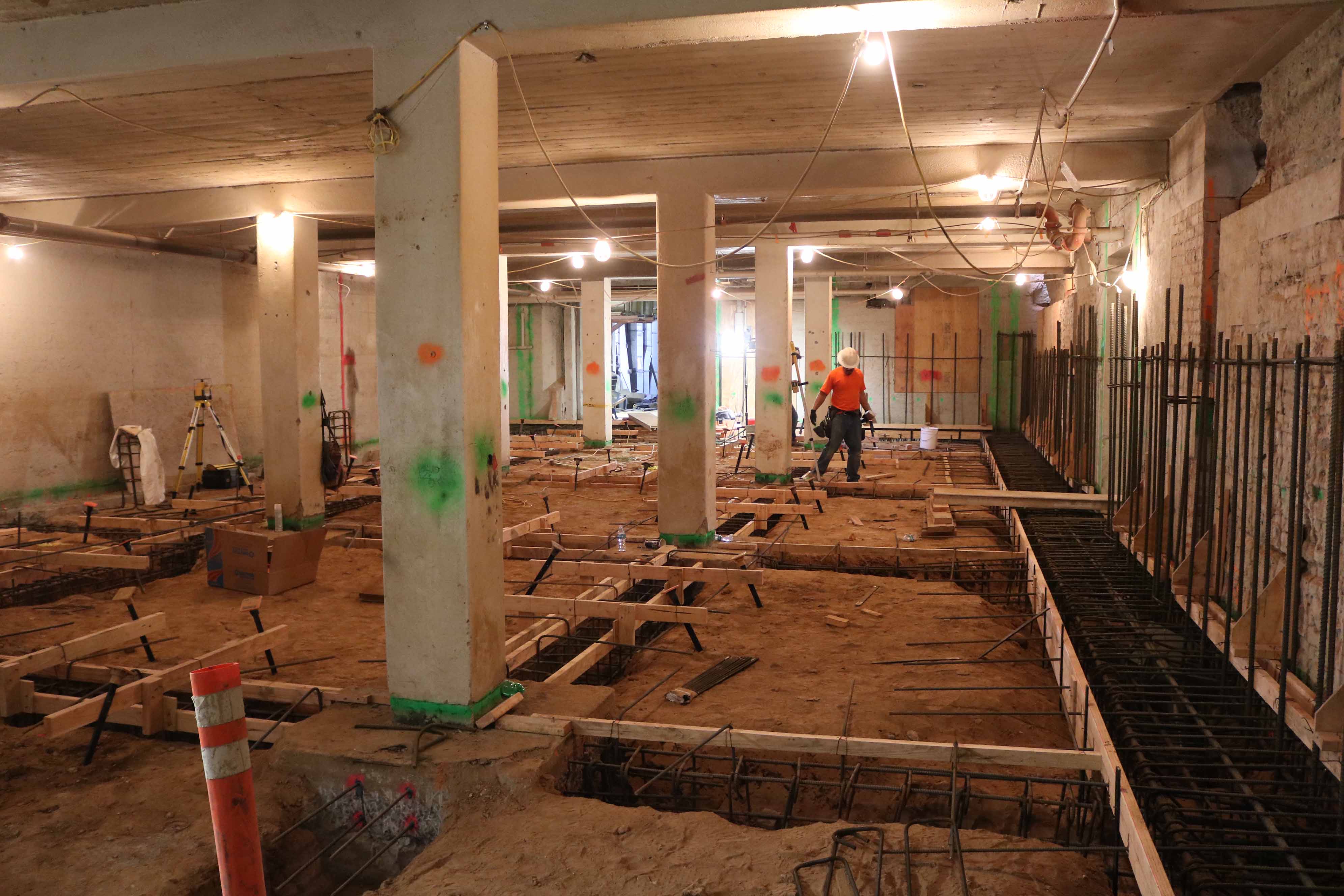
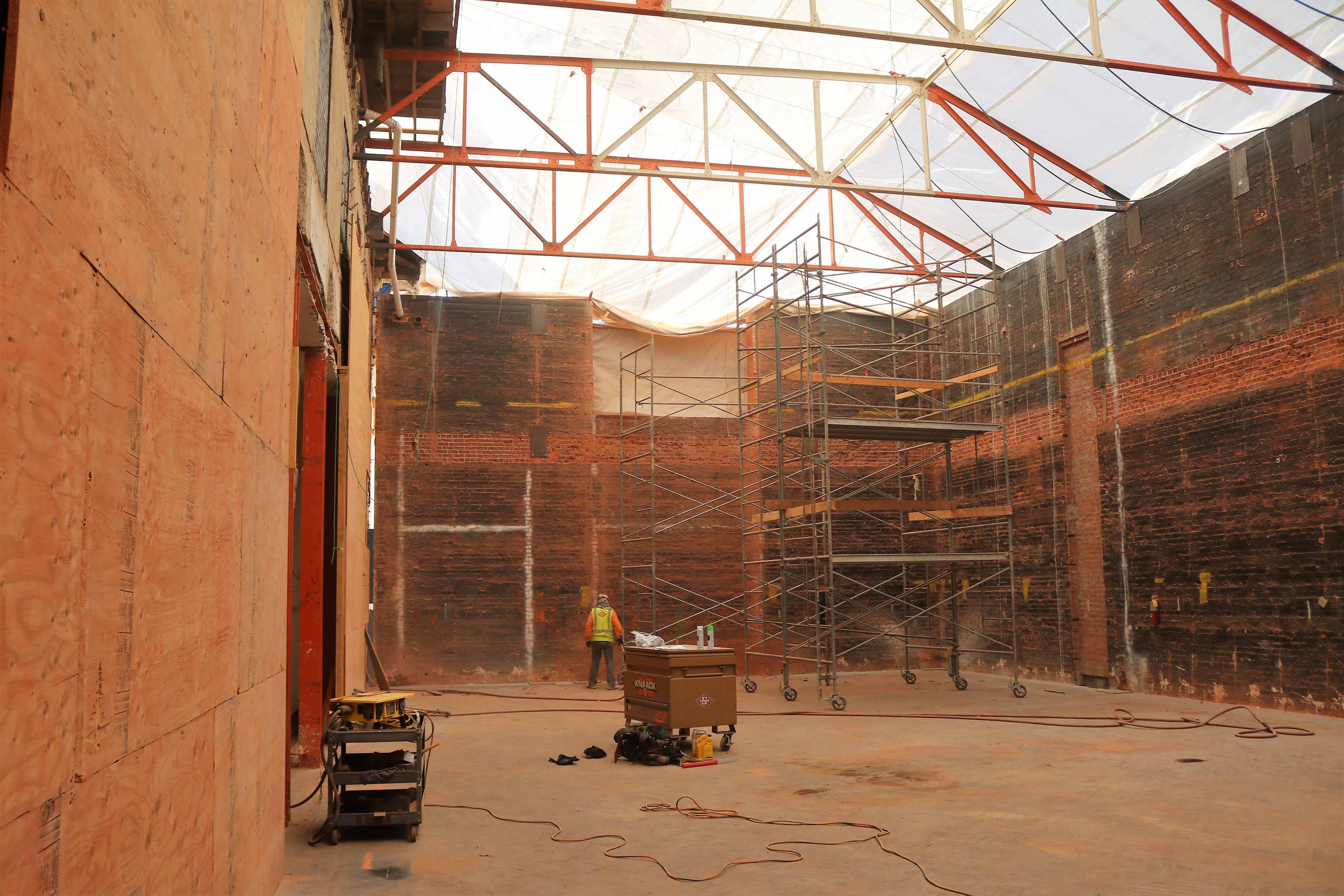
The Renovation
At the center of programming is the need to safeguard and preserve the 28,000 works of art in the collection, to ensure the safety of visitors and staff, and to provide spaces that bring art alive and enhance the audience experience. The Museum is in serious need of seismic retrofitting. An aging roof and mechanical systems in need of replacement compromise our ability to protect the art we are entrusted to preserve. The art receiving facility must be completely reconstructed in order for us to receive and move art objects safely. Storage and conservation space is insufficient to safeguard our growing collection. We must make significant and important renovations and improvements to the facility today and make provision for maintenance and capital expenditures in the future.
And the plan has been developed with a strong commitment to environmental sustainability. The renovations will meet Leadership in Energy and Environmental Design (LEED) standards, a green building certification program that recognizes best-in-class building strategies and practices. The LEED certification will mean long-term efficiency and energy savings for the Museum.
Critical Needs of the Facility
- Seismic retrofitting
- Creating new storage and conservation space to safeguard our growing collection
- Replacing aging roof and mechanical systems
- Constructing new Art Receiving Facility to receive and move art objects safely
New Gallery Spaces
- 25 percent more gallery space
- Renovations to Asian Art, Ridley-Tree, Emmons, McCormick, Sterling Morton, Gould, Campbell, Von Romberg, and Preston Morton Galleries
Increased Community Spaces
- New meeting spaces for the community
- New areas for students from elementary school to high school to create art
- New roof terrace garden and pavilion
- Renovations to the auditorium
Enhanced Museum Experience
- More cohesive flow from one gallery to the next
- Renovated State Street entrance
- New Park Wing entrance
- Emphasis on utilization of green products, sustainable building practices, and LEED certification
- New heating and cooling systems, roofing, skylights, electrical services, plumbing, fire protection systems, lighting, elevators, and public restrooms